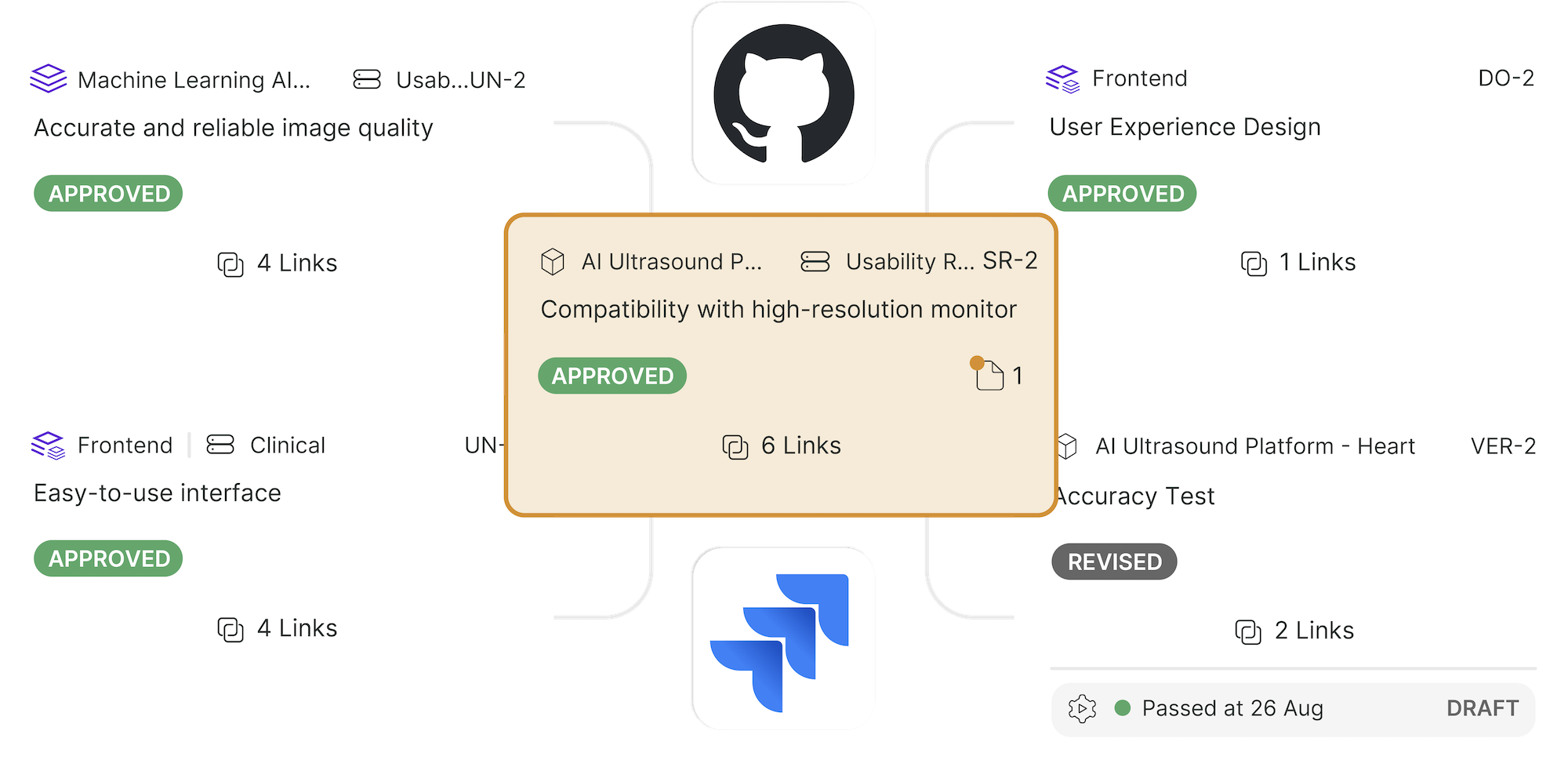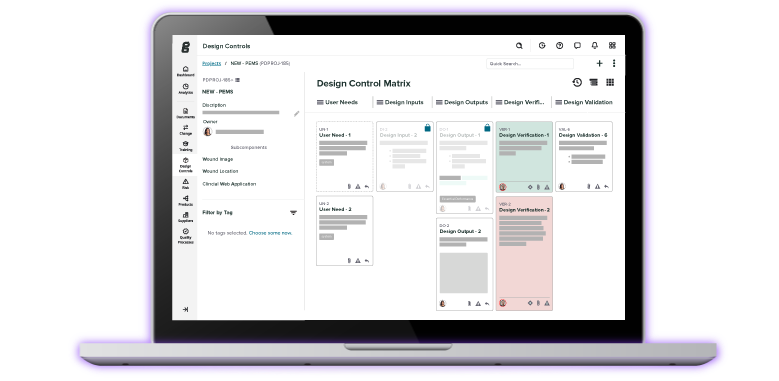11 Questions to Ask QMS Software Vendors in the Medical Device Industry
.png?width=800&height=400&name=11%20questions%20to%20ask%20QMS%20software%20vendors%20in%20the%20medical%20device%20industry%20(1).png)
Your Quality Management System (QMS) is crucial to bringing safe and effective medical devices to market. A good QMS will house all the information your internal teams, partners, and regulators need to access—from design and development to post-market surveillance.
Whether you're transitioning from a paper-based QMS or want to switch QMS software providers, there is a lot riding on the selection of a new QMS solution. The wrong solution can create inefficiencies, delay timelines, and even cause compliance issues.
To help you navigate vendor conversations and make an informed decision, we've compiled 11 essential questions to ask any prospective QMS software vendor. These questions will help you uncover the critical information you need to make an informed decision and choose the best QMS software for your business.
1. Does your QMS software meet the needs of a medical device company?
As you begin searching for QMS software, you’ll notice that many solutions say they serve the medical device industry. While that may be true, not every solution is built for medical device companies.
That distinction is important because MedTech is a unique industry. Medical device QMS software requires validation and Part 11-compliant electronic signatures and must also comply with strict traceability requirements. On top of that, there are specific regulatory requirements like design controls, CAPA, and complaint handling that every medical device company will need to handle within their QMS.
General-purpose QMS software can meet these requirements—after heavy customization, and expensive validation. That not only increases the complexity of the system, it also adds to the length of implementation.
To dig a little deeper, it may help to ask vendors:
-
What industry was this solution intended for?
-
What types of companies are using this solution?
-
What percentage of your customer-base are medical device companies?
The answers to those questions should give you a better idea of whether this software solution can really meet a medical device company’s needs, or whether you’ll be fitting a square peg in a round hole.
2. What major medical device regulations and industry standards does your QMS software align with?
The regulations put in place for medical device companies are understandably stringent. It’s in everyone’s best interest to ensure that medical devices are as safe and effective as possible.
Keep in mind that your QMS plays a large part in complying with these standards and regulations. Failure to comply or keep up with changes in the regulations can leave you stuck with time-consuming rework and added expenses for remediation efforts.
So, when you’re speaking with vendors about a new QMS solution, ask about the regulations and standards they align with (and whether that alignment comes standard or requires customization). These should include:
-
FDA's Part 11 and EU's Annex 11
-
ISO 14971:2019
-
ISO 27001
-
EU MDR
By implementing a QMS solution that aligns with these standards, your company will become audit-ready, and maintain market competitiveness by staying ahead of regulatory changes.
3. How does the QMS software meet the needs of a scaling and mature company?
Medical device companies often start with a very small idea: a device that works as a solution to an existing problem. Given time, and a lot of hard work, that idea may grow into an actual product that can be placed on the market and improve patient outcomes.
In the same way, a company that starts by launching a single device may end up with a full line of devices they need to manage in multiple markets. So, when you’re choosing a QMS solution, it’s vital to assess the provider’s ability to grow with you.
By providing scalability, process efficiency, risk mitigation, and opportunities for continuous improvement, an adaptable QMS solution empowers organizations to navigate challenges, ensure compliance, and build a foundation for sustainable growth.
Ask providers how they’ll grow with you and if they have examples of long-term customers that have scaled their business using this solution.
4. How does your software maintain traceability, collaboration and regulatory compliance of design controls and risk management processes?
Design controls and risk management are vital and interdependent processes that evolve over the course of a medical device’s lifecycle. A failure to recognize the close connection between design controls and risk management can lead to poor device quality, significant rework, and retroactive risk mitigation.
The best way to keep the connection between risk and design controls top of mind is by adopting QMS software that has built-in workspaces for both risk management and design controls—and lets you integrate the two.
Using a QMS software that integrates design controls and risk management ensures that your company will:
-
Support a culture of true quality.
-
Improve product quality and speed to market.
-
Align design controls with the business process.
-
Mitigate risk throughout the design phase and device lifecycle.
-
Establish a foundation for demonstrating closed-loop traceability between design, risk, and post-market surveillance activities.
So, ask about risk management and design controls, and what this QMS software does to ensure integration and full traceability throughout both processes.
5. What workflows are there for handling CAPAs, nonconformances, and customer complaints in the QMS software?
Design controls, CAPA, and complaint handling are consistently among the top three reasons for FDA-issued 483s. Any good QMS software will come ready to deliver in all of these areas and maintain traceability while doing so.
On top of that, you’ll want workflows for nonconformances and audits (internal, external, and supplier), all of which will be vital to maintaining and advancing the quality of your device.
Having compliant workflows for each of these quality events will help you identify and solve issues faster.
-
CAPA: Your QMS should allow you to streamline the CAPA process and easily trace them back to their root cause. This will help your team mitigate patient and business risk, while maintaining traceability to any course or event that triggered the need for a CAPA.
-
Change Management / Change Orders: Your team should be able to easily identify, assess, and track change, while ensuring that documents and records are reviewed and approved through traceable change management workflows.
-
Nonconformance: A nonconformance workflow will enable teams with the tools to easily capture defect details, assess risk, and collaborate with the right team members or suppliers to quickly resolve the issue.
-
Audit: With an out-of-the-box audit workflow, teams can immediately begin to effectively control and conduct internal, external, or supplier audits.
-
Customer Feedback: A strong customer feedback and complaint handling workflow supports your team in capturing both customer complaints and product feedback that are incorporated back into your device’s design.
Ask vendors if they provide these workflows out of the box. If not, what will it take to create them in the system?
6. Does the QMS software address post-market surveillance activities to maintain traceability throughout the total product lifecycle?
Closed-loop traceability refers to the ability to connect people, processes, and data seamlessly throughout your QMS software. For example, product-related complaints or nonconformances can be traced back to the specific design control elements, CAPAs, audits, or change orders they are associated with.
When adopting a software solution, you need to be sure it’s capable of automating and processes to ensure a closed-loop quality system with full traceability between your design and development activities and post-market surveillance activities, while also allowing you to effectively manage quality events that occur throughout the product life cycle.
If your device’s risk is impacted by a post-market quality event, traceability is key for identifying the root cause. A closed-loop system allows you to connect those processes for updating your Risk Management File to ensure you are delivering a safe and effective product while assuring that both design and development and quality processes are all risk-based and in alignment with ISO 14971:2019.
Ask your vendor how their solution enables their customers to tie all major medical device quality events back to design and risk activities and achieve closed-loop traceability.
7. Can the QMS software help my team achieve a truly paperless audit?
Managing, sorting, and printing piles of papers for an audit is a sure-fire way to let something slip through the cracks. Adopting a cloud-based QMS solution is one of the best ways to ensure you have everything you need at your fingertips when auditors come knocking.
But just because everything is on the cloud, that doesn’t mean you have easy access and can pull up the exact document the auditor asks for at a moment’s notice. Your QMS solution should also make it easy to find and retrieve documentation, as well as make sure that everyone is working with the latest version of every document.
Don’t hesitate to ask your vendor for success stories from customers that have achieved paperless FDA, ISO, or MDSAP audits using their software.
Audit success story: Lucerno Dynamics
After adopting Greenlight Guru’s medical device QMS, Tonia Bryant, Director of Quality and Regulatory Affairs at Lucerno Dynamics, shares that preparing for audits is now a much more efficient process, allowing her to dedicate more time to strategic efforts.
Instead of taking days or weeks to prepare with a paper-based system, Tonia spent only a few hours preparing for their ISO Stage II audit and now has more time for strategic efforts.
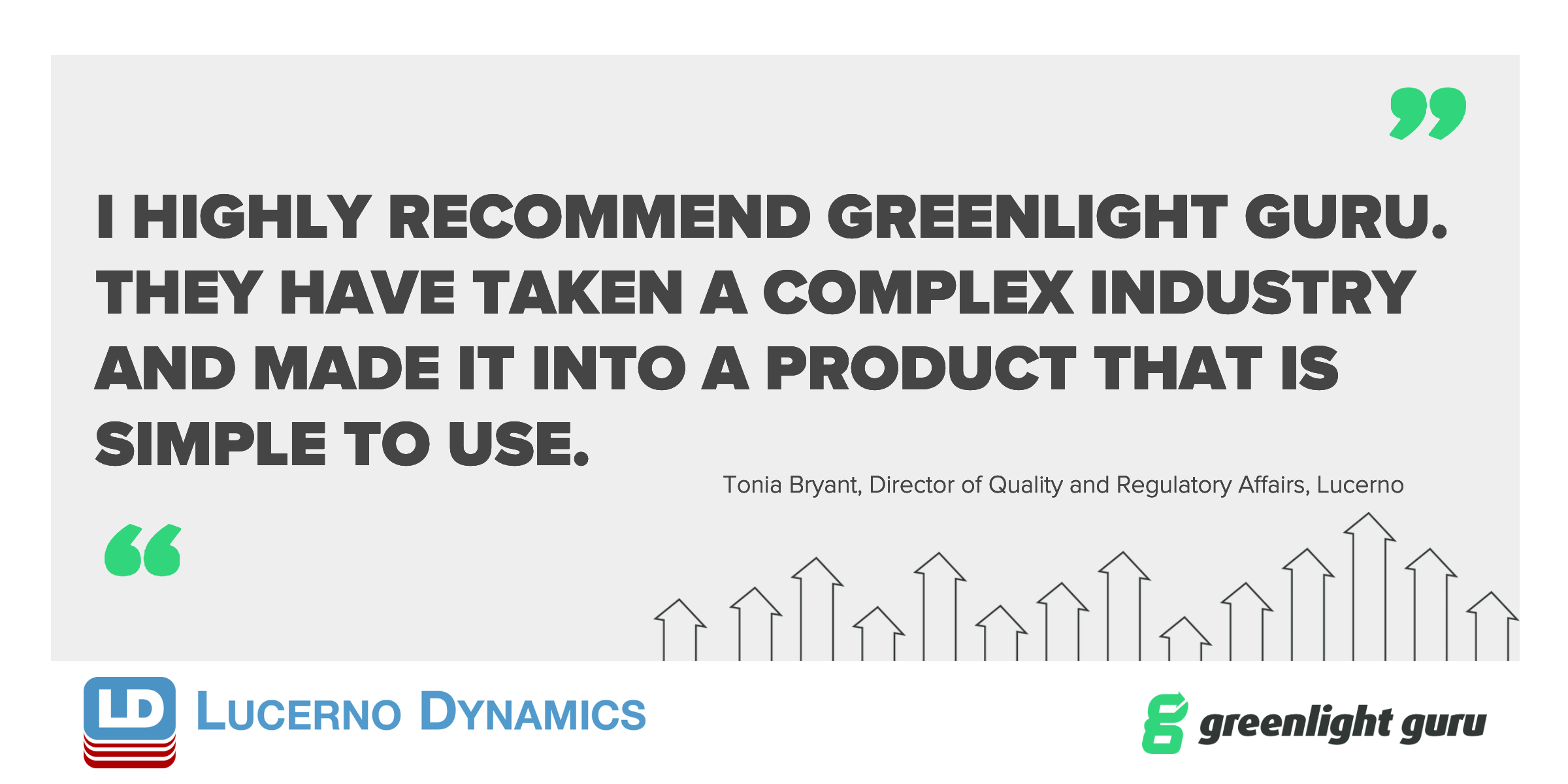
Walking into the audit, all she needed was her laptop and a notepad. Tonia and her team at Lucerno are now able to identify, display, and share information digitally with their auditors.
In addition to achieving ISO 13485:2016 certification, this newfound efficiency will be critical in helping Tonia assure the QMS can support Lucerno's plan to grow into new international markets.
Read the Lucerno Dynamics case study to learn more →
8. Does the QMS vendor have people with medical device industry experience to support my team?
Choosing a QMS solution is about more than just the software. You’re choosing a partner to establish a long-term business relationship with. It’s important to consider aspects of this relationship beyond the software, such as the quality of the support you’ll get from their team.
It’s important to know who is responsible for supporting your team throughout the implementation and continued use of the software, as well as their experience in the medical device industry. Depending on your own experience and knowledge, these industry experts can work as an extension of your team.
When it comes to the support you’ll be getting, ask questions like:
-
Does your CS team have experience designing and/or launching medical devices?
-
Have they managed quality systems for medical device companies actively selling devices?
-
Have they experienced FDA or Notified Body audits firsthand? Do they have experience in conducting audits?
-
Do they thoroughly understand ISO standards and FDA and EU regulations?
9. How quickly can the QMS software be implemented?
Some QMS solutions look great on paper—they check all your boxes and seem like a perfect fit. But if it takes months, or even years, to get up and running with that system, you may never see the value you’d hoped for.
Ask software providers about the effort required to get started using the software and the average time-to-value for new customers. Software validation, onboarding and training, and other details during implementation can be time-consuming, so it’s fair to ask how long it will take your team to begin using the system.
Another thing to consider is the team behind the software:
-
Who will be training you on using the system?
-
How knowledgeable are they about the regulations and using a QMS?
-
Will they be creating a customized implementation plan based on your team’s needs?
Having experienced medical device professionals as your onboarding and support team can help you better understand how to use and leverage the system to your team’s advantage.
10. How secure will my data be in the QMS software?
Data within a QMS is proprietary and understandably sensitive for companies in a competitive field. That’s why any QMS software vendor should have policies and procedures in place to protect your data—and should be able to prove that security via third-party certifications.
For instance, Greenlight Guru is SOC 2 Certified, meaning our information security practices, policies, procedures, and operations meet the SOC 2 standards for securely managing customer data. Our organization is also certified to ISO 27001, the international standard for information security management systems.
Any software vendor that takes their responsibility to customer data seriously should be able to demonstrate it via their practices and certifications. So don’t be afraid to ask about data security.
11. Is ongoing software validation included with the QMS software at no additional cost?
When adopting a software solution, it’s important to consider the effort and costs associated with maintaining your QMS over time. One of the most notable ongoing costs of QMS software solutions is validation of the software to comply with regulations.
For instance, the FDA requires that software used in the production or quality systems of medical devices be validated to ensure it meets its user needs and intended uses. Now, while many software solutions offer complex customizations of their systems, these customizations must all be validated, and it’s important to ask what, if any, incremental costs are associated with software validation.
You may also want to ask about the standard protocol for validation when a vendor releases new software or updates to its existing solution. Does each release include a software validation package?
Greenlight Guru is built specifically for medical device companies like yours
Choosing the right QMS software is a pivotal decision for a medical device company, directly impacting efficiency, compliance, and ultimately, patient safety. The questions posed in this guide are designed to empower you to thoroughly evaluate vendors and select a solution that truly meets your unique needs, both now and as you scale.
Greenlight Guru’s QMS solution is specifically for the medical device industry. With workflows that align with critical regulations and standards like 21 CFR Part 820, FDA Part 11, ISO 13485:2016, and EU MDR, Greenlight Guru helps keep you compliant from day one.
Dedicated workspaces for CAPA, nonconformances, customer complaints, and audits ensure your quality processes are airtight and your QMS is always audit-ready. And when you need help, you’ll always be talking to a team of medical device industry experts who provide unparalleled support and guidance, ensuring a smooth implementation and ongoing success.
Ready to see how Greenlight Guru can accelerate your path to market and elevate your quality processes? Get your free demo of Greenlight Guru today →
Etienne Nichols is the Head of Industry Insights & Education at Greenlight Guru. As a Mechanical Engineer and Medical Device Guru, he specializes in simplifying complex ideas, teaching system integration, and connecting industry leaders. While hosting the Global Medical Device Podcast, Etienne has led over 200...
Related Posts
Best QMS Software: Ultimate Guide to Comparing Quality Management System Solutions
5 Dos and Don'ts when Choosing a QMS Solution for Your Medical Device Company
21 CFR Part 820: Ultimate Guide to FDA's Quality System Regulation (QSR) for Medical Devices
Get your free resource
Quality Management System (QMS) Software Vendor Checklist.
%20Software%20Vendor%20Checklist%20-%20Slide-in%20Cover.png?width=250&height=321&name=Quality%20Management%20System%20(QMS)%20Software%20Vendor%20Checklist%20-%20Slide-in%20Cover.png)



%20Software%20Vendor%20Checklist%20-%20Slide-in%20Cover.png?width=575&name=Quality%20Management%20System%20(QMS)%20Software%20Vendor%20Checklist%20-%20Slide-in%20Cover.png)

